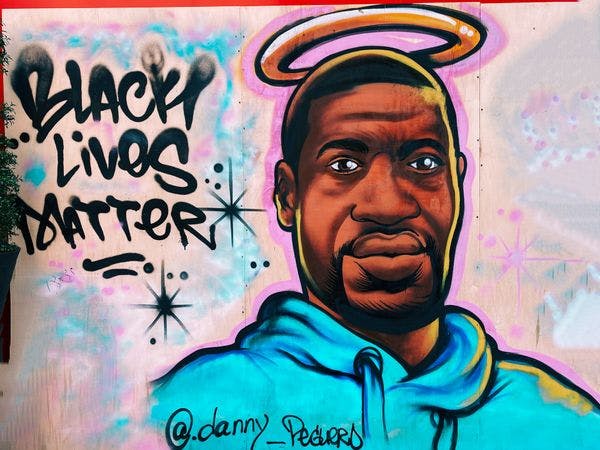Unsplash - Jon Tyson
A harm reductionist’s case for abolition
By Abdullah Shihipar / Talking Drugs
Since 2020’s uprisings against anti-Black police violence, communities and institutions across the country have been critically re-evaluating their relationships with police agencies. Contracts have been terminated, and cities like Denver, San Francisco, New York and Philadelphia have created mental health response teams that dispatch non-police, trained first responders for mental health calls, including those involving overdoses.
It is time for harm reduction organizations to follow suit by cutting ties with police and committing to an abolitionist vision for harm reduction.
Currently, harm reduction organizations work with police in a variety of contexts. Naloxone trainings are the most common. Additionally, these nonprofits sometimes consult on Law Enforcement Assisted Diversion (LEAD) programs—which coerce people who use drugs (PWUD) into treatment or connect them to other services after a drug-related encounter. Organizations have worked with law enforcement to pass needlestick safety laws, framing protections for drug users who disclose needle possession as an occupational safety issue for police officers. The Open Society Foundations published a guide in 2018 about how police can work in the spirit of harm reduction to both “advance public health and public safety.” The case for working with police has even been made here in Filter.
Topics
Regions
Related Profiles
- Filter Mag
- Talking Drugs
